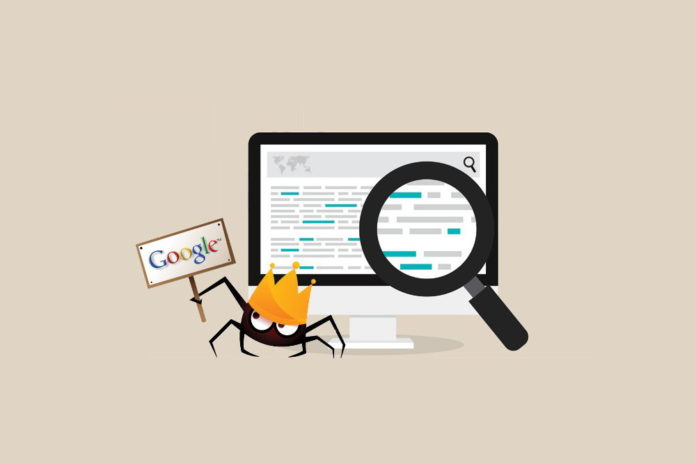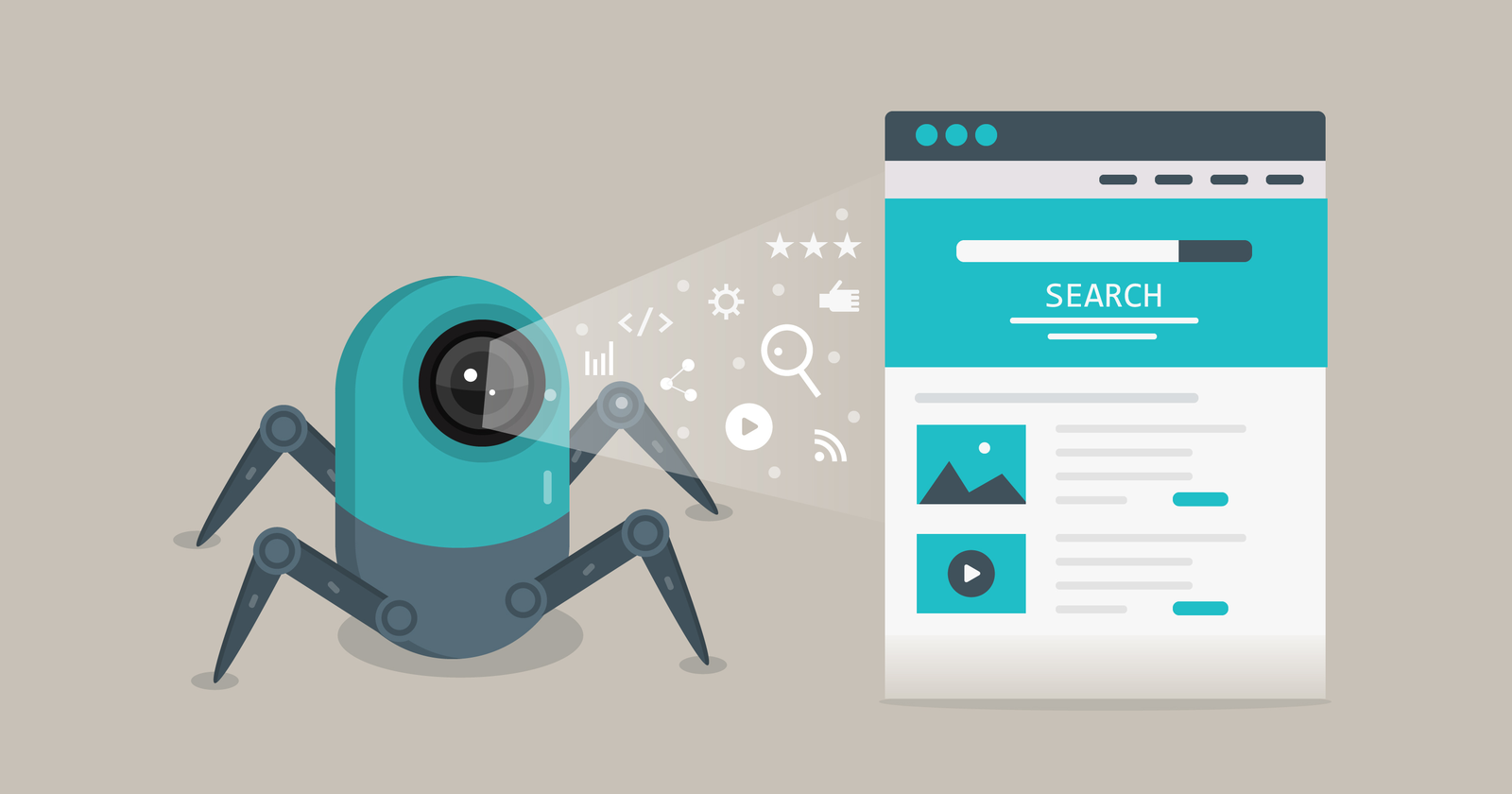Search engine giant Google uses two forms of web crawling: one for finding new information for an SEO company, and another for renewing content that has already been published on the web.
Crawling strategies used by Google while crawling through websites are divided into two categories: those used to find new material and those used to update old information.

There are two primary goals for using Google’s Crawling Algorithm- finding new information and updating already published content. The Crawling Algorithm is responsible for finding new information by following links from one website to another.
Beginning with seed URLs, Googlebot explores websites by following links on those pages, eventually reaching the final destination. When a link is discovered that does not exist in Google’s index or is not accessible for any reason, the link is added to a list of URLs that will be scanned the next time Google crawls the site.
As part of the process of updating current material for SEO companies, Google searches sitemaps and looks for URLs that haven’t been indexed yet, which it then updates.
What are the distinctions between the two sorts of crawling?
Crawling by Google is divided into two categories – discovery and refresh. Googlebot does discovery crawling when it finds new URLs, and Googlebot performs refresh crawling when it revisits previously crawled URLs. Fresh crawling is a key component of Google’s process for ensuring that its index is up to date.
However, in order for refresh crawling to function properly, the updated URLs must be linked to other pages on your website. Without these connections, Googlebot will continue to find your new URLs via discovery crawling rather than refresh crawling, resulting in your freshly crawled sites not being indexed by the search engine.
In a recent Google+ article, Google’s John Mueller said that “refresh crawling is the process by which we revisit URLs that have been linked to from other pages on your site.”
Therefore, if you add new material to your website but none of the other pages connect to it or reference it in any way, the new content will not be indexed by search engines.
As John pointed out, “discovery crawling then becomes more significant again,” since these pages will only be discovered via discovery crawling until they are linked to by another page, after which it will become less important.
When Googlebot returns to a site, it may take many months before it finds any new URLs that are not related to any other pages on the site. In order to avoid this problem, make sure that all of your pages are linked to other sites on your website.
The unfortunate reality is that even if you have a well-organized link structure with several internal linkages between them, some of the URLs on your website may never be indexed by search engines. As your site grows in both complexity and size, the higher the severity of this issue increases.
Unfortunately, there isn’t much you can do about it directly if Google doesn’t already know about a URL of yours and cannot locate any route on your site but there are some things you can do indirectly.
Not only can crawl frequency be customized for the whole website, but it can also be customized for specific sites within the website. If your homepage is updated more often than other pages, for example, you’ll see more Googlebot activity on that page than on other sites.
Mueller goes on to say:
“I don’t know, once a day, every couple of hours or something like that, but for the most part, we may refresh crawl the homepage, for example.”
And if we uncover any new linkages on their home page, we’ll go ahead and crawl them as well, using the innovation crawl as a guide. As a result, when it comes to crawling, you’ll always witness a combination of uncovering and refreshing operations going place. In addition, you’ll see a consistent pattern of crawling occurring on a daily basis.
However, once we recognize that individual person pages do not update often, we realize that we do not need to crawl them on a regular basis.”

Certain types of websites are more likely than others to get indexed at a higher rate than others. A news website that is updated many times a day would almost certainly be crawled more often than a website that is updated once a month, according to Search Engine Land.
And it is not indicative of great quality, nor is it indicative of a high rating, nor is it indicative of anything else. In reality, we’ve realized that, just from a technological standpoint, we’re able to crawl this as often as once a day or as frequently as once a week, and that’s perfectly OK.”
So don’t be frightened if you see that Googlebot is visiting your website on a fairly regular basis. Furthermore, don’t be concerned if Googlebot has just recently inspected your website and any improvements to existing content aren’t reflected in search results.
It’s possible that Google inspected your website in order to locate new content, rather than to update existing content.
If your website does not often update its published content material, Googlebot may explore your SEO company more frequently in search of new content material to uncover. Once again, it has nothing to do with the excellent quality of the content material in any way.









